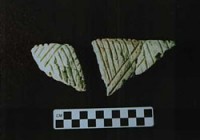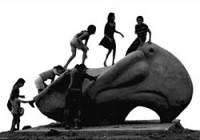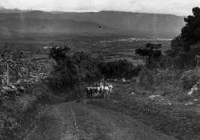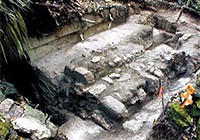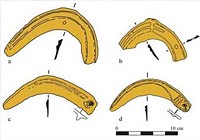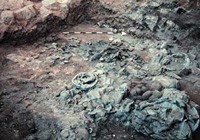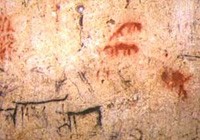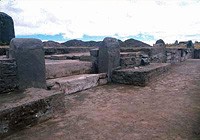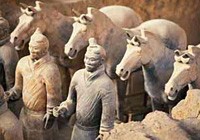Project Gallery
The Antiquity Project Gallery showcases ongoing archaeological research from around the world in the form of short, well-illustrated and free-to-access online articles. It is an opportunity for researchers to showcase new projects and results via a peer-reviewed publication. We encourage submissions from early career researchers and those undertaking long-term projects who want to publish their current findings.
Starting in 2002, the archive now contains over 800 articles. You can search for, and access, all of them using title keyword, author or issue number using the facility below.
Submit a book for review
Antiquity reviews books on all aspects of archaeological research. Books for review can be sent directly to the Reviews Editor at:
Dr Marion Uckelmann, Antiquity
Department of Archaeology, Durham University
South Road, Durham
DH1 3LE
UK
or as pdfs to: reviews [at] antiquity.ac.uk.
Please only send books that are within the journal's scope.
All books are listed in the ‘Books Received ‘section on this website and in the printed journal.
Please note we receive many books and offers of review copies, and we are only able to review a selection of these. When we publish reviews, we email notifications to the publishers. Please note that Antiquity is unable to return any books received.

